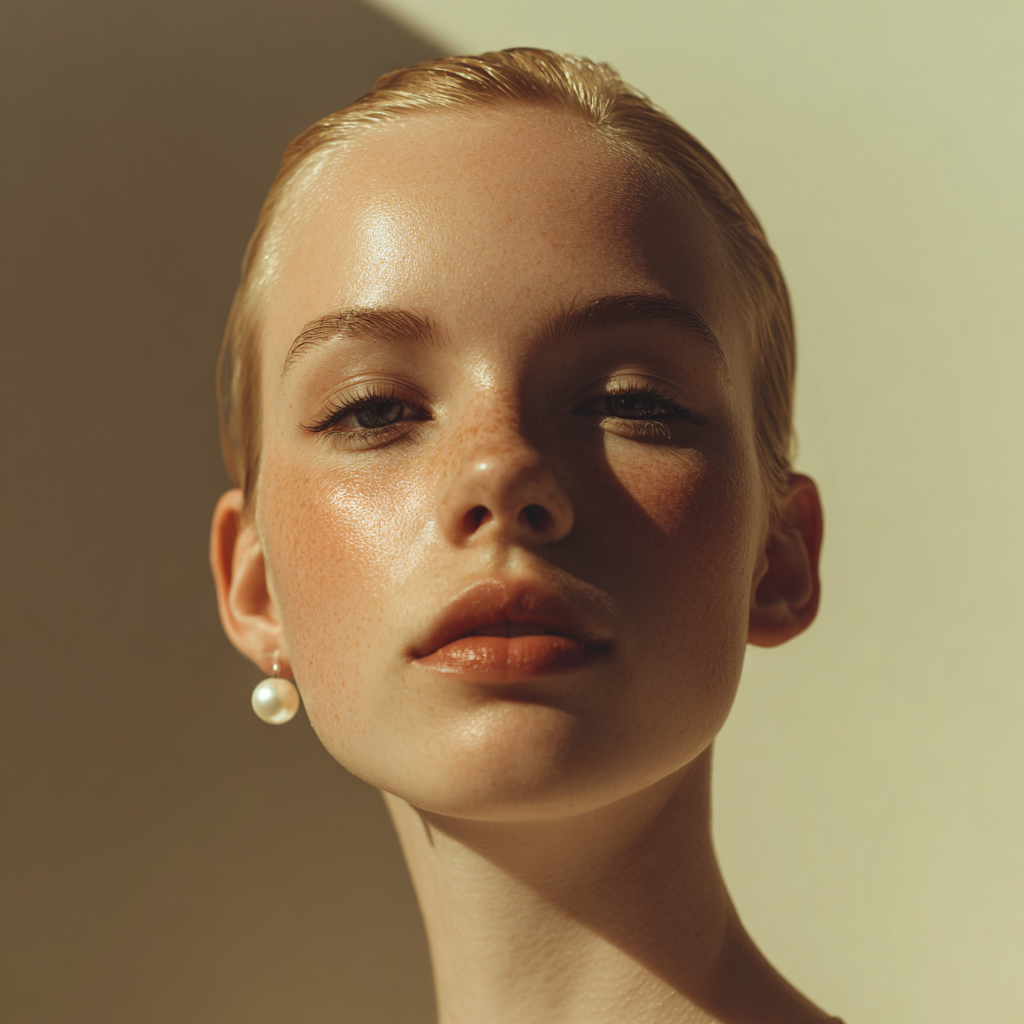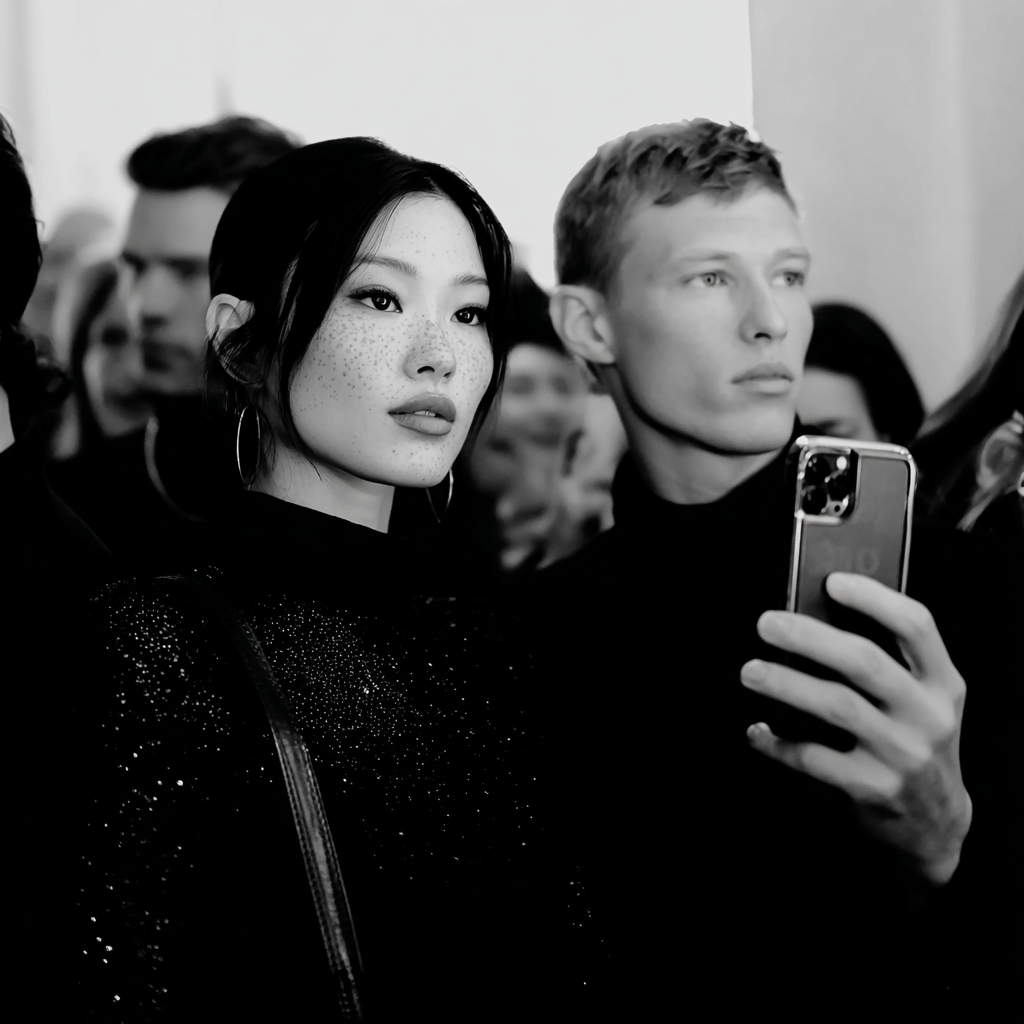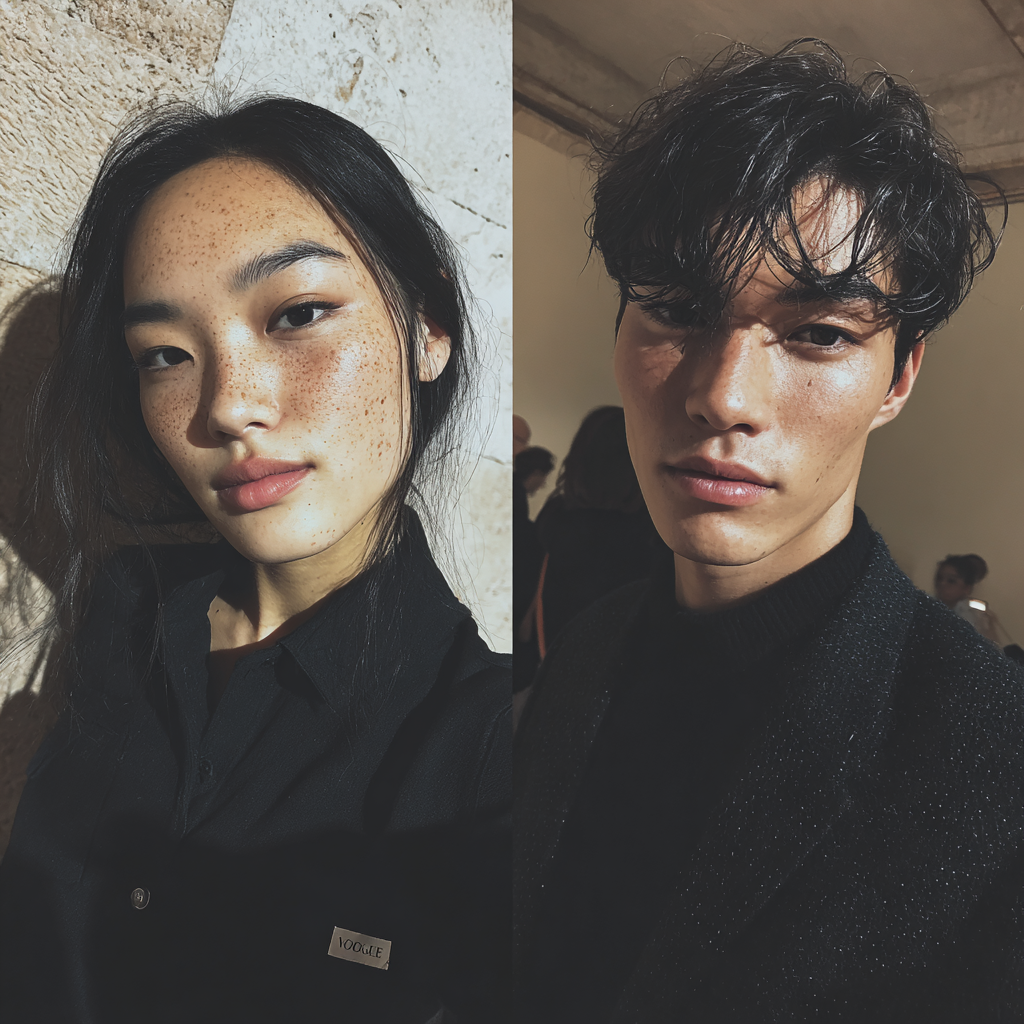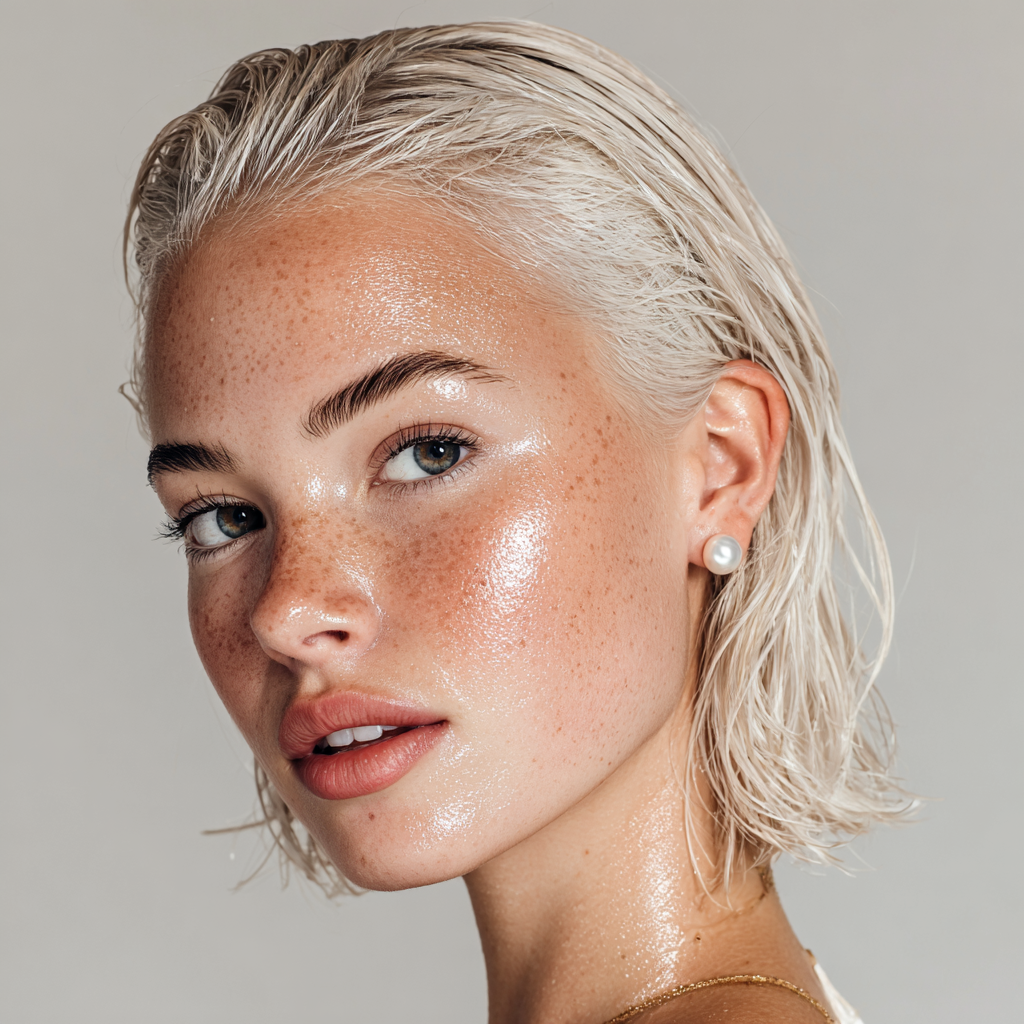The most successful creators have stopped thinking of media kits as administrative necessities and started treating them as creative portfolios. This shift in perspective transforms a mundane task into a strategic opportunity to communicate vision, aesthetic sensibility, and professional positioning.
Your media kit isn't paperwork—it's the first impression of your creative direction. Every element, from typography choices to image curation, communicates your understanding of brand aesthetics and your ability to translate concepts into compelling visual narratives.
"Your media kit is your creative director's portfolio in digital form."
Visual Hierarchy as Creative Strategy
Professional creators understand that visual hierarchy in their media kit mirrors the strategic thinking they bring to brand collaborations. The way content is organized, prioritized, and presented demonstrates an understanding of narrative structure and audience engagement.
Leading with visual impact, supporting with strategic metrics, and closing with clear value propositions—this structure reflects sophisticated marketing thinking that brands recognize and value in potential partners.



